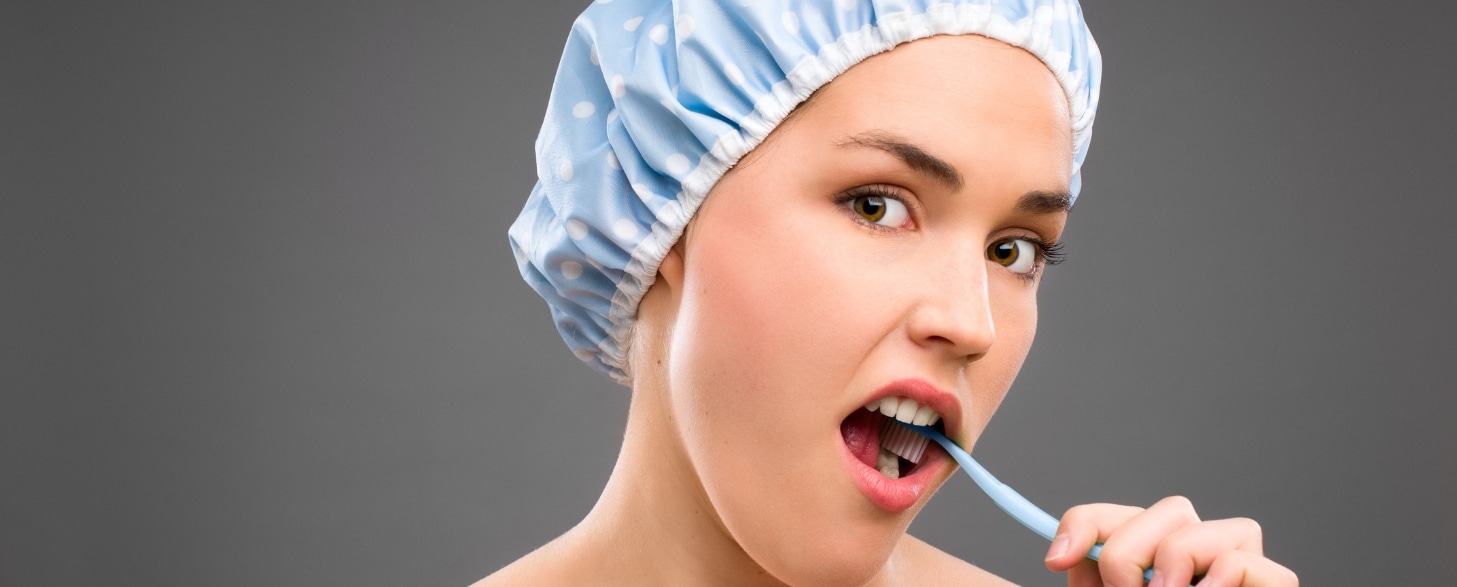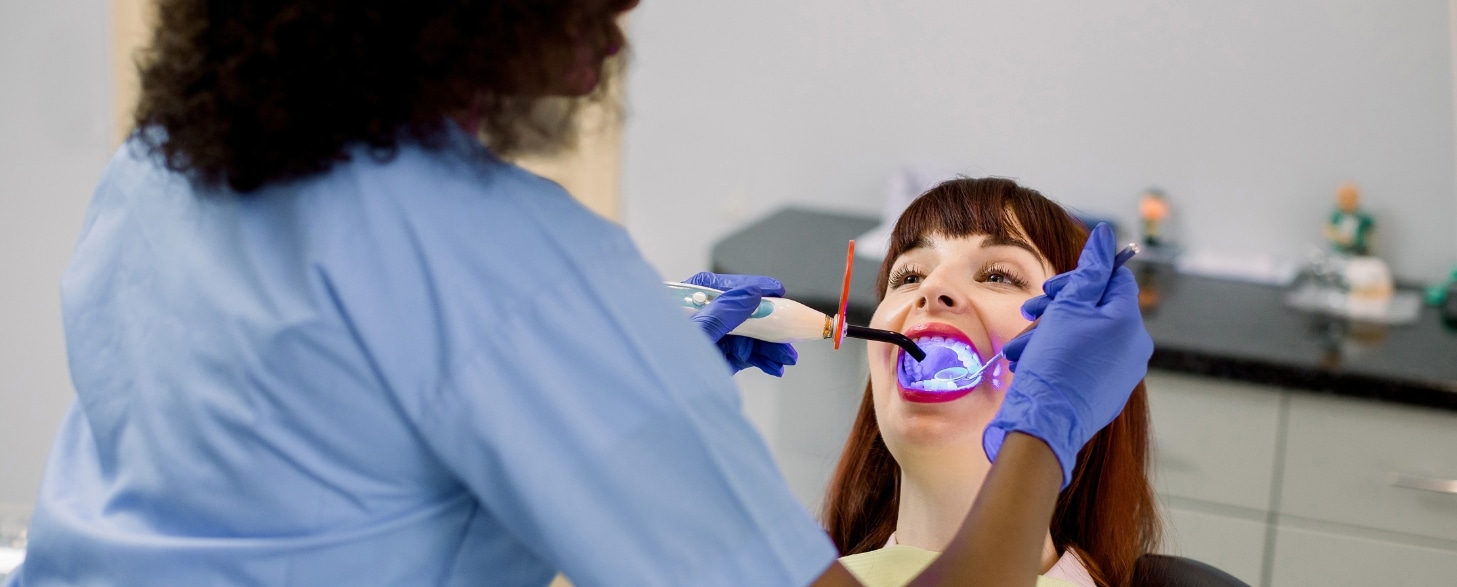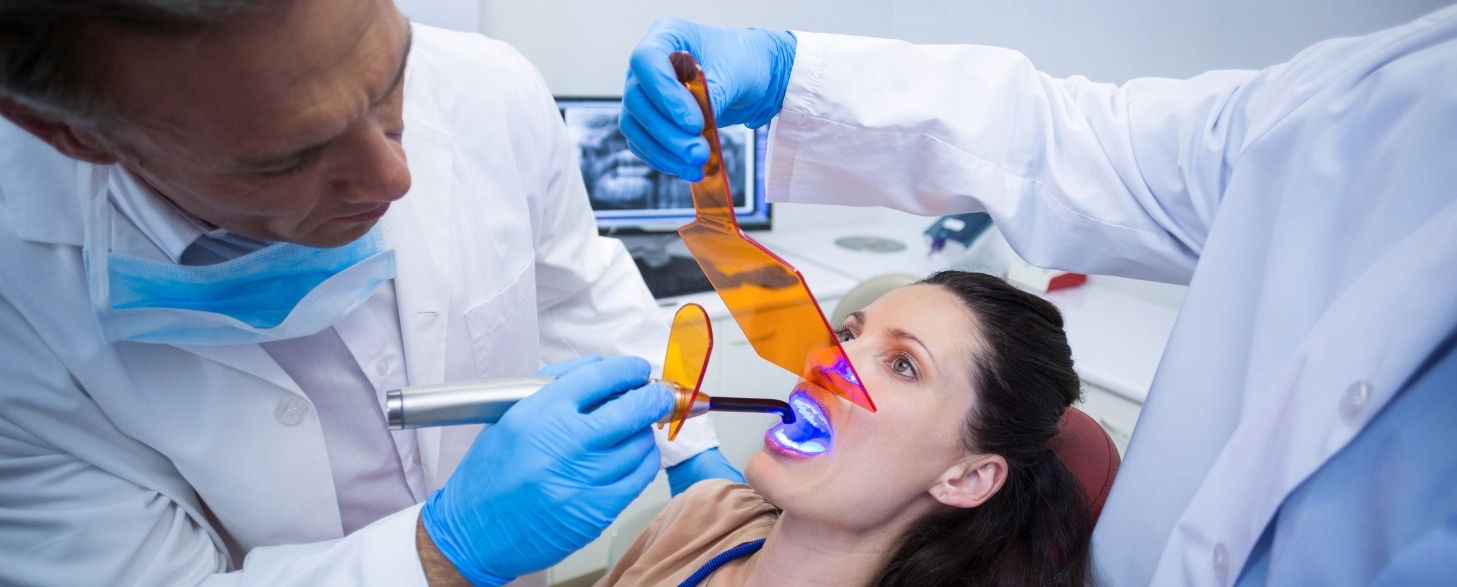Can I Brush My Teeth Before or After Using Whitestrips?
San Antonio, TX

Teeth whitening is a popular cosmetic dental procedure, and many people turn to over-the-counter products like Whitestrips to achieve a brighter smile. However, one common question arises: “Can I brush my teeth before or after using Whitestrips?” In this comprehensive guide, we’ll explore the best practices for brushing your teeth in relation to using Whitestrips, ensuring you get the most effective and safe results.
Understanding Whitestrips
Whitestrips are thin, flexible plastic strips coated with a peroxide-based whitening gel. These strips are designed to adhere to your teeth and stay in place during the treatment. The peroxide gel works to remove stains from the enamel, providing a whiter appearance.
The Importance of Brushing Your Teeth
Brushing your teeth is essential for maintaining good oral hygiene. It removes food particles, plaque, and bacteria that can lead to tooth decay and gum disease. However, when it comes to using Whitestrips, you need to be cautious about when to brush your teeth to avoid any adverse effects on your whitening treatment and overall oral health.
Brushing Before Using Whitestrips
Benefits of Brushing Before Using Whitestrips
- Removes Surface Debris: Brushing your teeth before applying Whitestrips ensures that your teeth are clean and free from food particles and plaque. This allows the whitening gel to make direct contact with the enamel, which can enhance the whitening effect.
- Even Application: A clean surface can help ensure that the whitening gel is evenly distributed across your teeth. This reduces the risk of uneven whitening or blotchy results.
- Freshens Breath: Brushing before using Whitestrips helps eliminate bad breath caused by bacteria and food particles, providing a fresher feeling during and after the whitening process.
Risks of Brushing Before Using Whitestrips
- Tooth Sensitivity: Brushing can cause minor abrasions or micro-scratches on the enamel, especially if you use a hard-bristled toothbrush or brush too aggressively. Applying Whitestrips immediately after brushing may increase the risk of tooth sensitivity or discomfort.
- Gum Irritation: Vigorous brushing can irritate the gums, making them more susceptible to irritation from the whitening gel. This can lead to gum sensitivity or a burning sensation during the treatment.
Brushing After Using Whitestrips
Benefits of Brushing After Using Whitestrips
- Removes Residual Gel: Brushing your teeth after using Whitestrips helps remove any remaining whitening gel from your teeth, preventing prolonged contact that could lead to sensitivity or irritation.
- Maintains Oral Hygiene: Brushing after the whitening treatment ensures that you maintain your regular oral hygiene routine, removing plaque and bacteria that can accumulate during the whitening process.
- Reduces Sensitivity: Using fluoride toothpaste after whitening can help reduce tooth sensitivity by strengthening the enamel and providing a protective barrier against external stimuli.
Risks of Brushing After Using Whitestrips
- Potential for Reduced Effectiveness: Brushing immediately after removing Whitestrips might wash away some of the whitening agents before they have fully absorbed into the enamel, potentially reducing the overall effectiveness of the treatment.
- Gum Irritation: If the whitening gel has caused any minor irritation to the gums, brushing immediately after use could exacerbate the irritation.
Expert Recommendations
To achieve the best results with Whitestrips while minimizing risks, consider the following expert recommendations:
- Wait Before Brushing: If you choose to brush your teeth before using Whitestrips, wait at least 30 minutes after brushing before applying the strips. This allows your enamel to recover from any abrasions caused by brushing and reduces the risk of sensitivity.
- Use a Soft-Bristled Toothbrush: When brushing your teeth before or after using Whitestrips, use a soft-bristled toothbrush to minimize the risk of enamel abrasion and gum irritation.
- Use Desensitizing Toothpaste: If you are prone to tooth sensitivity, use a desensitizing toothpaste before and after the whitening treatment. This can help reduce sensitivity and strengthen your enamel.
- Follow the Manufacturer’s Instructions: Always follow the specific instructions provided by the manufacturer of your Whitestrips. They may have particular guidelines regarding brushing that are tailored to their product’s formulation and usage.
- Consult Your Dentist: If you have any concerns about using Whitestrips or experience persistent sensitivity, consult your dentist. They can provide personalized advice and recommend alternative whitening methods if necessary.
Additional Tips for Effective Teeth Whitening
To enhance the effectiveness of your teeth whitening routine and maintain a bright smile, consider the following tips:
- Limit Staining Foods and Beverages: Reduce your consumption of foods and beverages that can stain your teeth, such as coffee, tea, red wine, and dark-colored berries. If you do consume them, rinse your mouth with water afterward to minimize staining.
- Avoid Smoking: Smoking is a major cause of tooth discoloration. Quitting smoking can significantly improve the appearance of your teeth and overall oral health.
- Maintain Regular Dental Cleanings: Regular dental cleanings help remove surface stains and plaque buildup, keeping your teeth looking their best. Schedule cleanings with your dentist every six months or as recommended.
- Stay Hydrated: Drinking plenty of water helps wash away food particles and bacteria, reducing the risk of stains and promoting overall oral health.
- Use a Whitening Toothpaste: Incorporate a whitening toothpaste into your daily oral care routine to help maintain your bright smile between whitening treatments.
Understanding Tooth Sensitivity
Tooth sensitivity is a common side effect of teeth whitening, including the use of Whitestrips. Understanding the causes and how to manage sensitivity can help you navigate the whitening process more comfortably.
Causes of Tooth Sensitivity
- Enamel Erosion: Whitening agents can temporarily weaken the enamel, making it more susceptible to sensitivity.
- Gum Irritation: The whitening gel can sometimes irritate the gums, leading to temporary sensitivity.
- Pre-existing Dental Issues: Cavities, gum disease, or exposed dentin can increase the likelihood of sensitivity during whitening.
Managing Tooth Sensitivity
- Use a Desensitizing Gel: Over-the-counter desensitizing gels can help reduce sensitivity by forming a protective barrier on the teeth.
- Adjust Whitening Frequency: If you experience significant sensitivity, reduce the frequency of your whitening treatments or take longer breaks between sessions.
- Avoid Extreme Temperatures: Steer clear of very hot or cold foods and beverages during your whitening regimen to minimize discomfort.
- Consult Your Dentist: For persistent sensitivity, consult your dentist. They may recommend professional treatments or alternative whitening methods better suited to your needs.
Incorporating Whitestrips into your oral care routine can be an effective way to achieve a whiter smile. Brushing your teeth before or after using Whitestrips can impact the effectiveness and comfort of the treatment. Brushing before applying Whitestrips can help ensure a clean surface for the whitening gel, but it’s crucial to wait at least 30 minutes to reduce the risk of sensitivity. Brushing after using Whitestrips helps remove residual gel and maintain oral hygiene, but it should be done gently to avoid irritation.
By following expert recommendations, using a soft-bristled toothbrush, and incorporating desensitizing toothpaste, you can optimize your whitening results and minimize potential risks. Additionally, maintaining good oral hygiene practices, limiting staining foods and beverages, and consulting your dentist as needed will help you achieve and maintain a bright, healthy smile.






